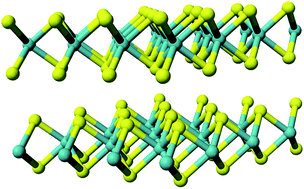Growth and synthesis of mono and few-layers transition metal dichalcogenides by vapour techniques: a review
Abstract
Nanosheet materials such as graphene, boron nitride and transition metal dichalcogenides have gathered a lot of interest in recent years thanks to their outstanding properties and promises for future technology, energy generation and post-CMOS device concepts. Amongst this class of materials transition metal dichalcogenides based on molybdenum, tungsten, sulfur and selenium gathered a lot attention because of their semiconducting properties and the possibility to be synthesized by bottom up techniques. Vapour phase processes such as chemical vapour deposition permit to produce high quality layers and to precisely control their thickness. In order to target industrial applications of transition metal dichalcogenides it is important to develop synthesis methods that allow to scale up wafer size, and eventually integrate them with other technologically important materials. This review will cover all the currently proposed methods for the bottom up synthesis of transition metal dichalcogenides from the vapour phase, with particular emphasis on the precursors available and on the most common semiconductor techniques like metal organic chemical vapour deposition and atomic layer epitaxy. A summary of the most common characterization technique is included and an overview of the growth issues that still limit the application of TMD is given.



 Please wait while we load your content...
Please wait while we load your content...